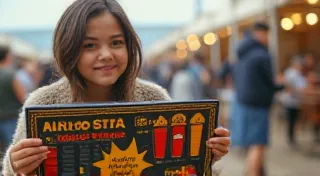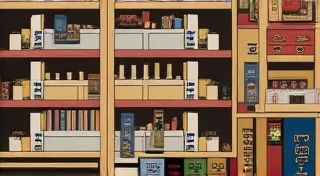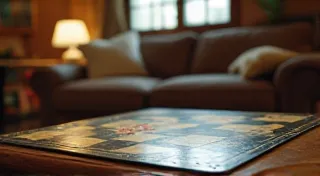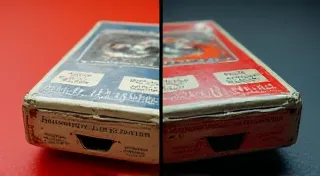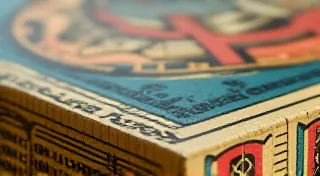Scarcity and Rarity: What Makes a Vintage Board Game Valuable?
Welcome to the fascinating world of vintage board game collecting! Many enthusiasts are drawn to these nostalgic treasures, but figuring out what makes a game truly valuable can be a complex endeavor. It's not just about age; it's about a combination of factors that contribute to a game's scarcity and rarity. This article will explore those factors, helping you understand the nuances of vintage board game valuation.
Limited Production Runs: The Foundation of Rarity
The most fundamental element of rarity is simply how many copies of a game were originally produced. Games with exceptionally low print runs are inherently more valuable, all other factors being equal. Back in the day, production numbers weren’t always meticulously recorded. Sometimes a small batch might have been produced due to a company's financial woes, a test market, or an experimental game design. These unknown or deliberately obscured production numbers add a layer of mystery and excitement for collectors.
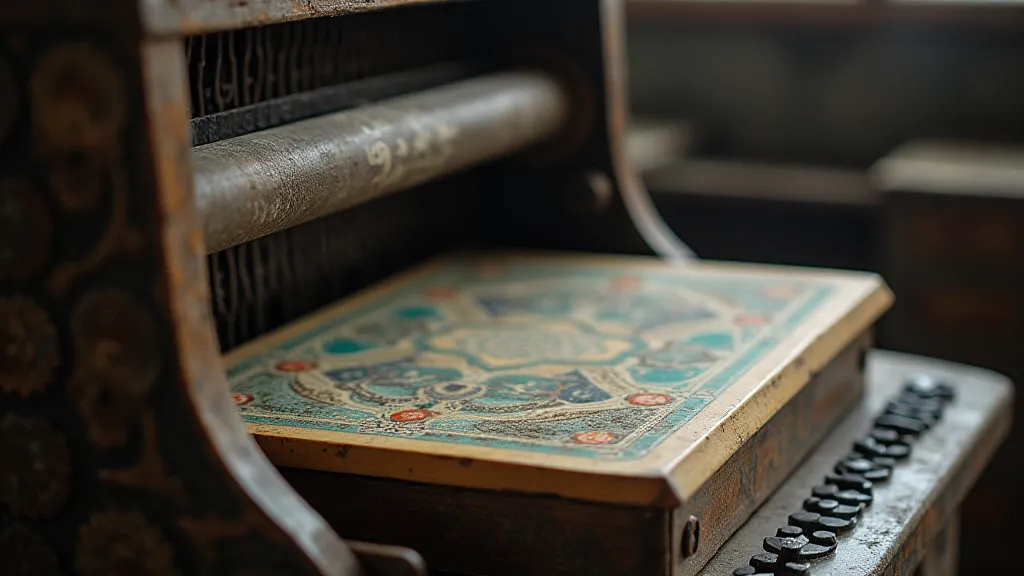
Regional Variations: Different Games for Different Places
The global marketplace wasn’t always as interconnected as it is today. Companies often produced different versions of the same game for different countries or regions. These variations can include differences in box art, rulebooks (translated or subtly modified), game components (different materials or artwork), and even gameplay itself. A game variant released only in a small European country can be significantly more valuable than the standard US version.
Game Condition: The Imperfect Beauty of the Past
As with any collectible, condition is paramount. Vintage board games have aged, and handling over decades has taken its toll. A game in "mint" condition (rare!) is always going to be worth significantly more than the same game in poor condition. Factors affecting condition include box integrity, board wear, completeness of game pieces, and the quality of the rulebook. Even slight damage can substantially reduce value, but some collectors appreciate the "patina" of age and are willing to accept minor flaws.
Completeness: All the Pieces of the Puzzle
Vintage board games often lack pieces. Missing pieces are a common problem, leading to significant devaluation. A complete game, with all original components present and accounted for, is far more desirable and therefore more valuable. Finding replacement pieces can be difficult and often the replicas can be readily identified. For some games, the original box insert is also crucial for value.
Changes & Revisions: The Story Behind the Game
Many games go through revisions and updates. These might involve revised rules, updated artwork, or different game components. Early editions, especially those with notable differences from later versions, are often more valuable. For instance, a first edition of Monopoly with a distinct box design and rule changes compared to later editions will command a premium price.
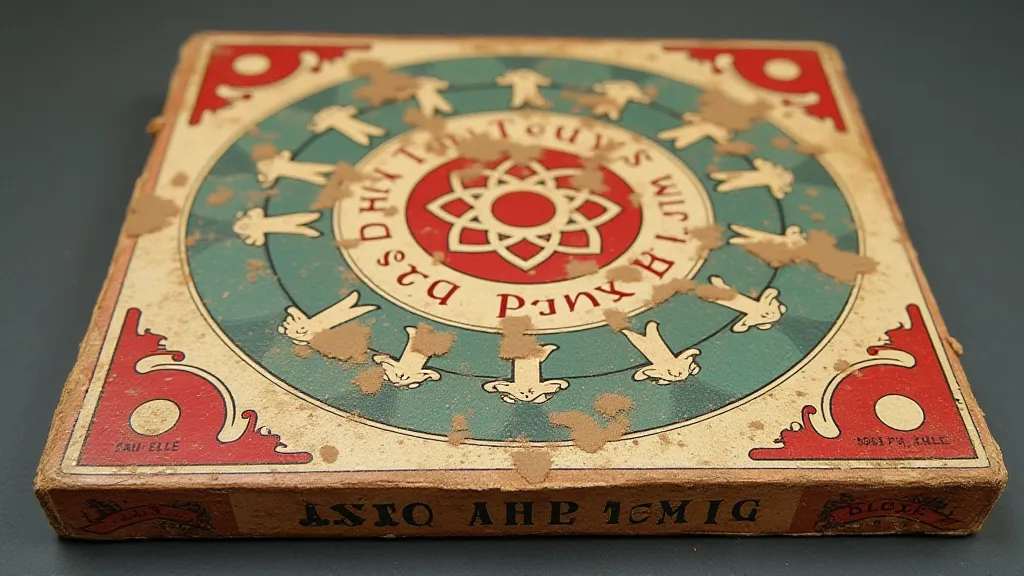
Historical Significance and Cultural Impact
Some vintage board games hold significant historical or cultural value. A game associated with a particular historical event, a famous person, or a unique cultural phenomenon can be more valuable simply because of its connection to that event. These games represent a slice of history and offer a tangible link to the past.
The Collector’s Market: Supply and Demand
Ultimately, the value of any collectible is determined by supply and demand. If there is high demand for a particular vintage board game and a limited supply, prices will rise. The popularity of certain games fluctuates over time, driven by nostalgia, media exposure, or changes in collector preferences.
Identifying Rarity: Research and Expertise
Determining the rarity of a vintage board game is not always straightforward. It requires research, knowledge of board game history, and sometimes a bit of detective work. Online forums, collector communities, and auction records can provide valuable information. Seeking advice from experienced board game collectors is an excellent way to gain a better understanding of the market.
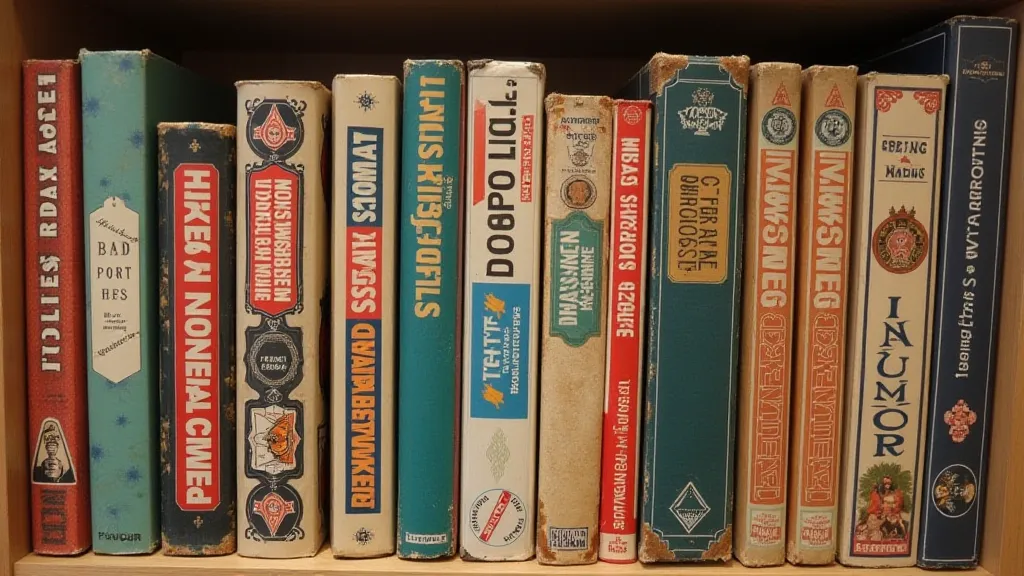
Conclusion: More Than Just a Game
Collecting vintage board games is a rewarding hobby that combines nostalgia, historical appreciation, and the thrill of the hunt. Understanding the factors that contribute to scarcity and rarity is key to appreciating and valuing these treasures. Whether you've been collecting for years or are just starting out, there's always something new to learn and discover in the fascinating world of vintage board games.
